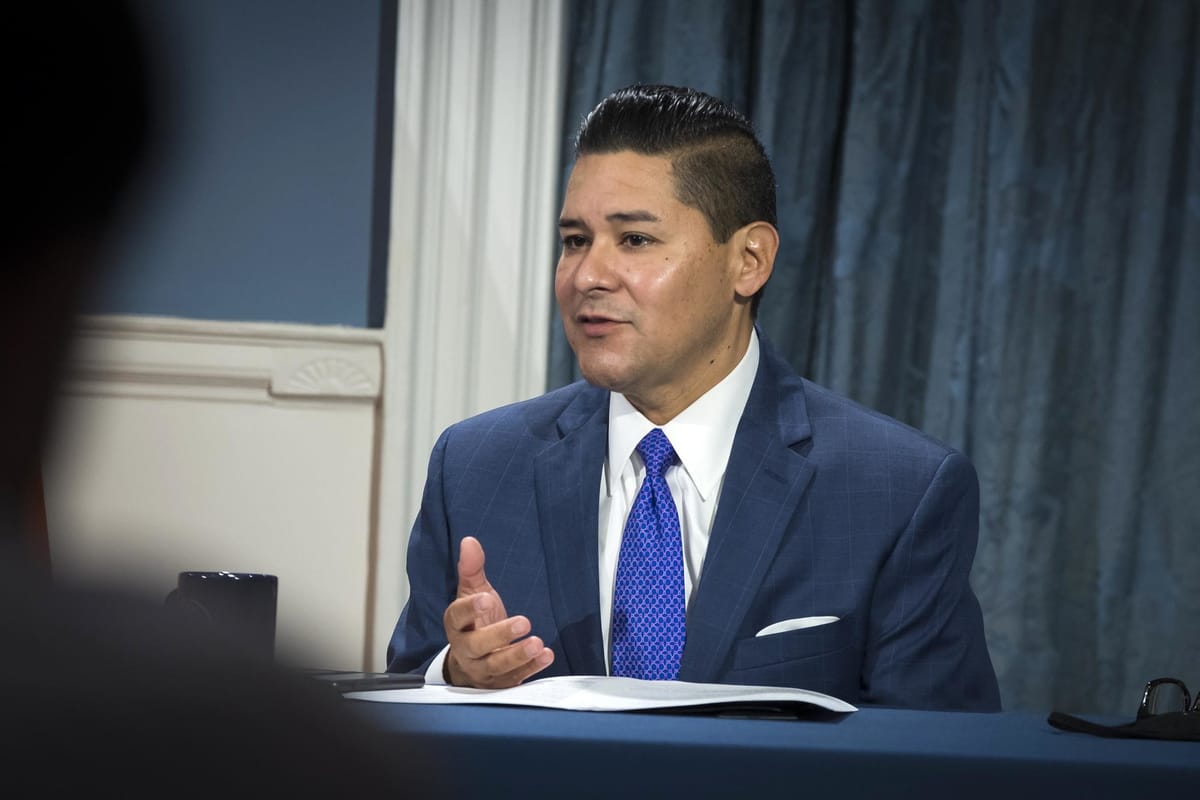NYC scales back the amount of live instruction students are guaranteed this fall


By Christina Veiga, Reema Amin, and Alex Zimmerman, Chalkbeat New York
With fewer than 12 hours before schools were set to begin welcoming students to their virtual classrooms, New York City officials announced that they are scaling back the amount of live instruction most students will be guaranteed each day.
Under the city’s hybrid learning plan, most students are scheduled to attend in-person classes between one and three days each week and virtual classes the rest of the time. City officials announced late Tuesday night that on those virtual days, students will not be guaranteed live instruction if schools cannot provide it.
The change, first reported by NY1, could lead to a situation where some city students receive zero live instruction on four out of five school days each week and instead rely on assignments and pre-recorded lessons posted by their teachers.
It’s a significant shift as most instruction in the new school year will happen remotely — and the city previously promised that all students would have live interactions with teachers each school day. That includes activities such as traditional instruction delivered over Zoom and office hours for students to ask questions.
Students were originally slated to receive between 65 to 120 minutes of live instruction daily, depending on the grade level, according to guidelines released to schools late last month. Now, the education department says that schools will be allowed to “ramp up” to meet those guidelines throughout the fall. The flexibility means that the amount of live instruction offered in every school will vary.
“As we continue to add staff to buildings that need it, synchronous learning for remote students in schools will increase in frequency and our goal is to do this as quickly as possible,” said education department spokesperson Danielle Filson. The move will not affect the 42% of city students who have opted for fully virtual instruction, officials said.
The city’s abrupt about-face doesn’t mean that students won’t receive any live instruction on the days they are not in class — if schools can find a way to make teachers’ schedules work. Still, it could send principals scrambling to retool schedules, and teachers starting their lesson planning from scratch, with just hours to go before interacting with students.
The last-minute change was designed to address a fundamental problem: City officials and the teachers union struck a deal that teachers with in-person classes should not also be required to teach virtually. That meant schools would have to suddenly find one group of teachers for students learning in-person and two other groups for those working from home.
The Council of School Supervisors and Administrators, the union representing principals and other school leaders, estimated that some 10,000 additional teachers would be needed to comply with those guidelines. To help fill the gap, city leaders pulled credentialed educators from all corners of the education department — but only came up with another 2,000 people.
On Tuesday Mayor Bill de Blasio said he’s heard the union’s concerns but suggested its estimate on staffing needs was an exaggeration, saying, “I also know I’ve never met a manager that didn’t want a bigger budget and more personnel.” De Blasio added that the city would “compare notes” with principals to see how many vacancies remained, even as schools were less than 24 hours away from launching the year.
Ahead of Tuesday night’s change, educators remained uncertain of what the next week would bring. One Queens principal said the education department informed him not to expect any teachers to fill seven needed positions.
“This will be a disaster,” said the principal, who spoke on condition of anonymity because he wasn’t authorized to speak with the press. “The sad part is, my school is as prepared as we can be.”
Live instruction wasn’t required this spring when the pandemic shuttered school buildings across New York City. But as the spring’s remote learning experience wrapped up, lawmakers and families pressed the education department for more live instruction and information on which schools offered it. In a shift this summer, department officials said daily live instruction would be required for all students in the fall.
To be sure, live instruction isn’t universally loved by parents. Some districts nationwide amped up synchronous learning this fall following lackluster instruction in the spring.
In Newark, for example, elementary and middle schools went from offering paper packets and limited instruction to between 290 and 350 minutes of remote learning a day. But now some districts are facing a backlash against the long hours students spend in front of screens, and a few are bowing to the pressure.
Meanwhile, officials in Broward County, Florida, agreed to reduce the hours of live instruction in lower grades after facing pushback from families, and more than 23,000 people have signed a petition calling on Shelby County Schools in Memphis to reduce the virtual day by three hours.
Chalkbeat is a nonprofit news site covering educational change in public schools.




